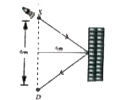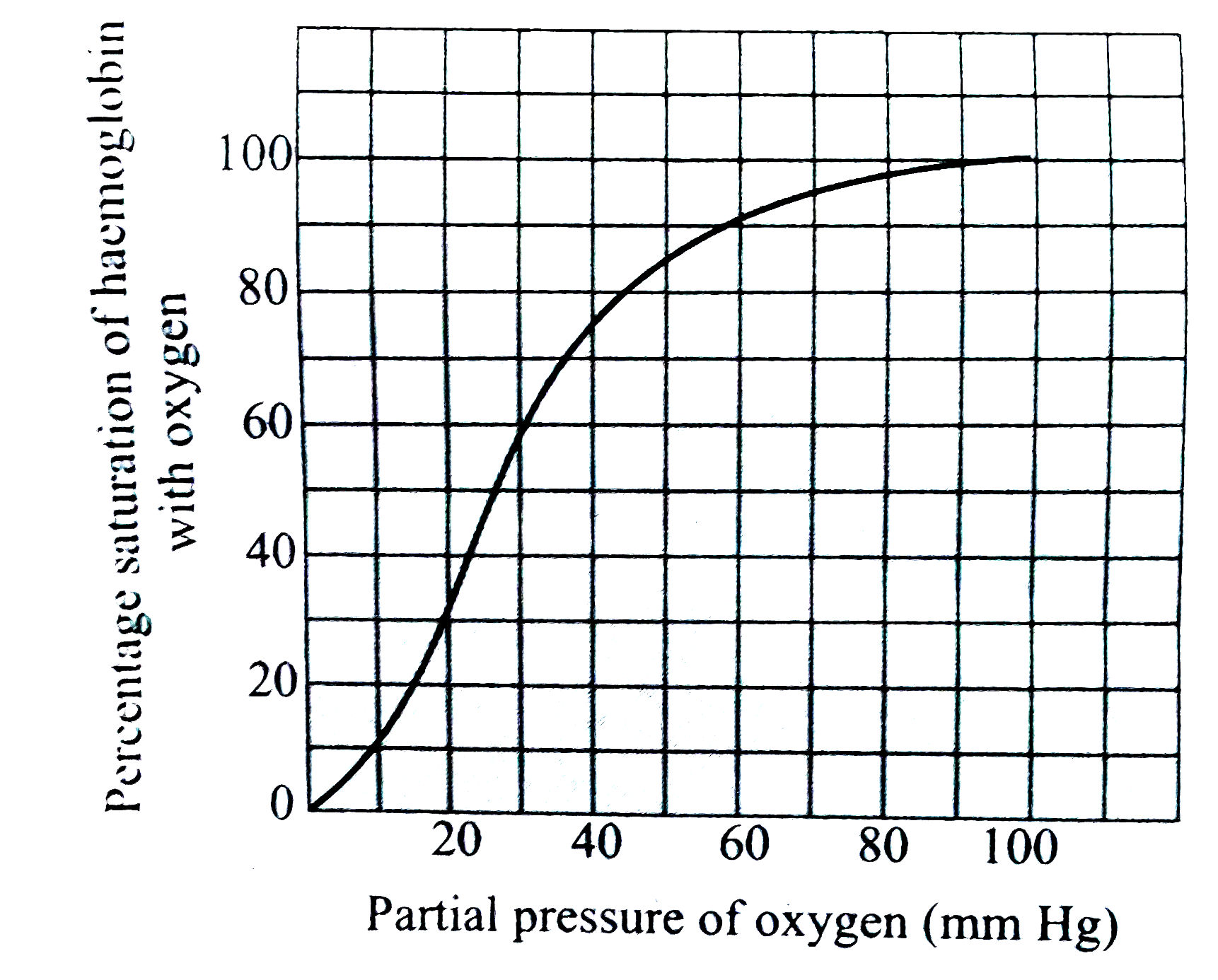In case of a travelling wave, the reflection at a rigid boundary will take place with a phase change of
π2 radian
π4 radian
π6 radian
π radian
The correct Answer is:D
To solve the question regarding the phase change during the reflection of a traveling wave at a rigid boundary, we can follow these steps:
1. Understanding Wave Reflection:
- When a wave travels and encounters a boundary, it can be reflected back. The nature of the boundary determines whether there will be a phase change upon reflection.
2. Identifying the Type of Boundary:
- In this case, we have a rigid boundary. A rigid boundary is one that does not allow any displacement of the medium at the boundary.
3. Phase Change at a Rigid Boundary:
- When a wave reflects off a rigid boundary, it undergoes a phase change of π radians (or 180 degrees). This means that the reflected wave is inverted compared to the incident wave.
4. Conclusion:
- Therefore, the phase change upon reflection at a rigid boundary is π radians.
5. Selecting the Correct Option:
- From the given options (π/2 radian, π/4 radian, π/6 radian, or π radian), the correct answer is π radian.
Final Answer:
The reflection at a rigid boundary will take place with a phase change of π radian.
---
- When a wave travels and encounters a boundary, it can be reflected back. The nature of the boundary determines whether there will be a phase change upon reflection.
- In this case, we have a rigid boundary. A rigid boundary is one that does not allow any displacement of the medium at the boundary.
- When a wave reflects off a rigid boundary, it undergoes a phase change of π radians (or 180 degrees). This means that the reflected wave is inverted compared to the incident wave.
- Therefore, the phase change upon reflection at a rigid boundary is π radians.
- From the given options (π/2 radian, π/4 radian, π/6 radian, or π radian), the correct answer is π radian.
The reflection at a rigid boundary will take place with a phase change of π radian.
Topper's Solved these Questions
- WAVESBOOK - NCERT FINGERTPS ENGLISHCHAPTER - WAVESEXERCISE - HOTS
8 Videos
- WAVESBOOK - NCERT FINGERTPS ENGLISHCHAPTER - WAVESEXERCISE - EXEMPLER
10 Videos
- UNITS AND MEASUREMENTSBOOK - NCERT FINGERTPS ENGLISHCHAPTER - UNITS AND MEASUREMENTSEXERCISE - Assertion And Reason
15 Videos
- WORK , ENERGY AND POWERBOOK - NCERT FINGERTPS ENGLISHCHAPTER - WORK , ENERGY AND POWEREXERCISE - Assertion And Reason
15 Videos
Similar Questions
A sound wave may be considered either as a displacement wave or as a pressure wave . When reflection takes place from as a rigid wall , what phase change do you except in its displacement representation and in its pressure representation?
View SolutionHow does energy change take place in a physical change? Explain.
View Solution
Knowledge Check
A wave undergoes reflection from a rigid boundary. One of its characteristic parameters that changes is
AfrequencyBphaseCvelocityDwavelengthIn which case racemisation takes place ?
AH3C−C2H5∣CH−CH2−BrOH−−−→SN1BCD3−C2H5∣CH−CH2BrOH−−−→SN1C DAll of these
DAll of these
Assertion: In a string wave, during reflection from fix boundary, the reflected wave is inverted.
Reason: The force on string by clamp is in downward direction while string is pulling the clamp is upward direction.
View SolutionA person standing at a distance of 6 m from a source of sound receives sound wave in two ways, one directly from the source and other after reflection from a rigid boundary as shown in the figure. The maximum wavelength for which, the person will receive maximum sound intensity, is

View SolutionThe change in phase if a wave is reflected from a rigid surface is
View SolutionShifting of the curve to right takes place in the case of

View Solutionshow that when reflection takes place from a boundary separating two media and the velocity in the second medium is infinitely large , the amplitude of the reflected wave is equal to the amplitude of the incident wave and there is a phase change of π in the displacement wave.
View Solution(a) What are standing waves or stationary waves ?
(b) Show that when a transverse wave travels from a rarer to a denser medium it gets reflected with a phase change of πt. Also prove that wien a transverse wave travels from a denser to rarer medium it gets reflected from the surface separating the two media without any phase change.
View Solution
